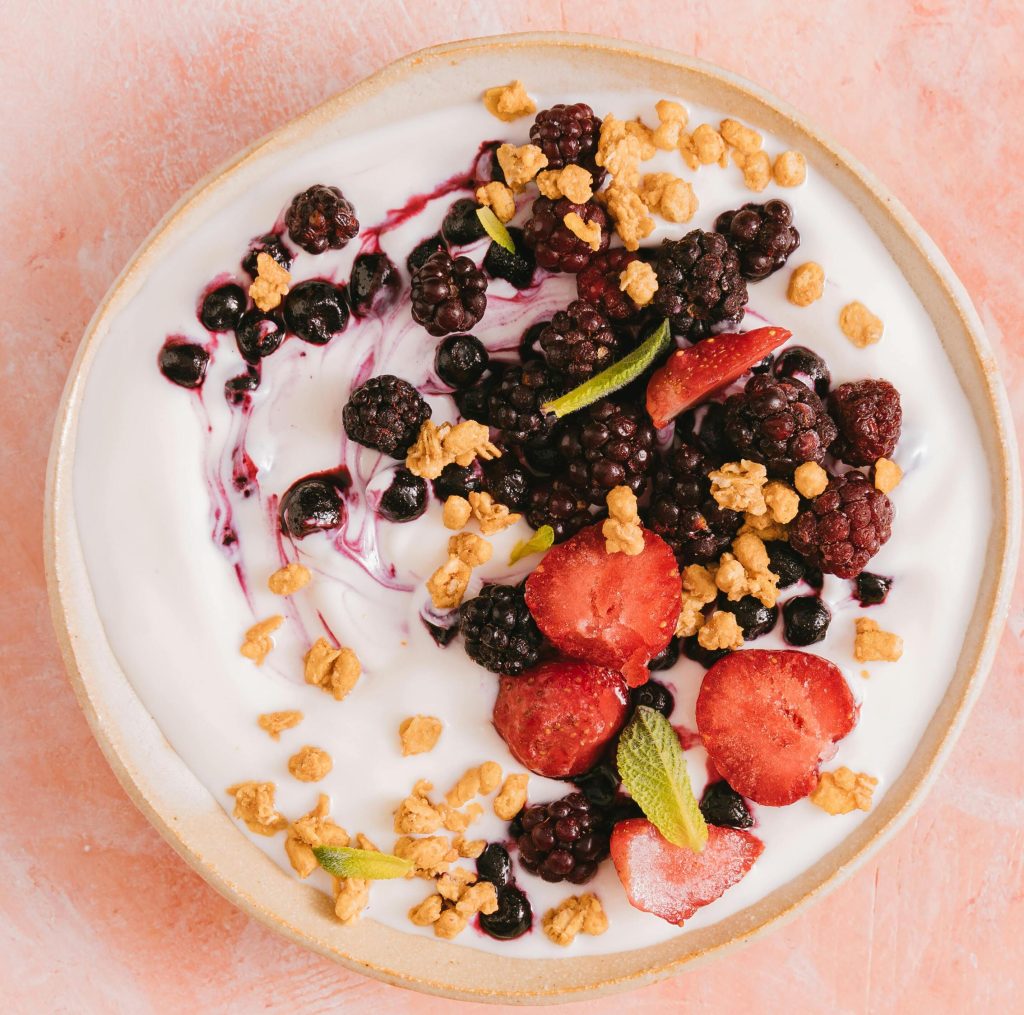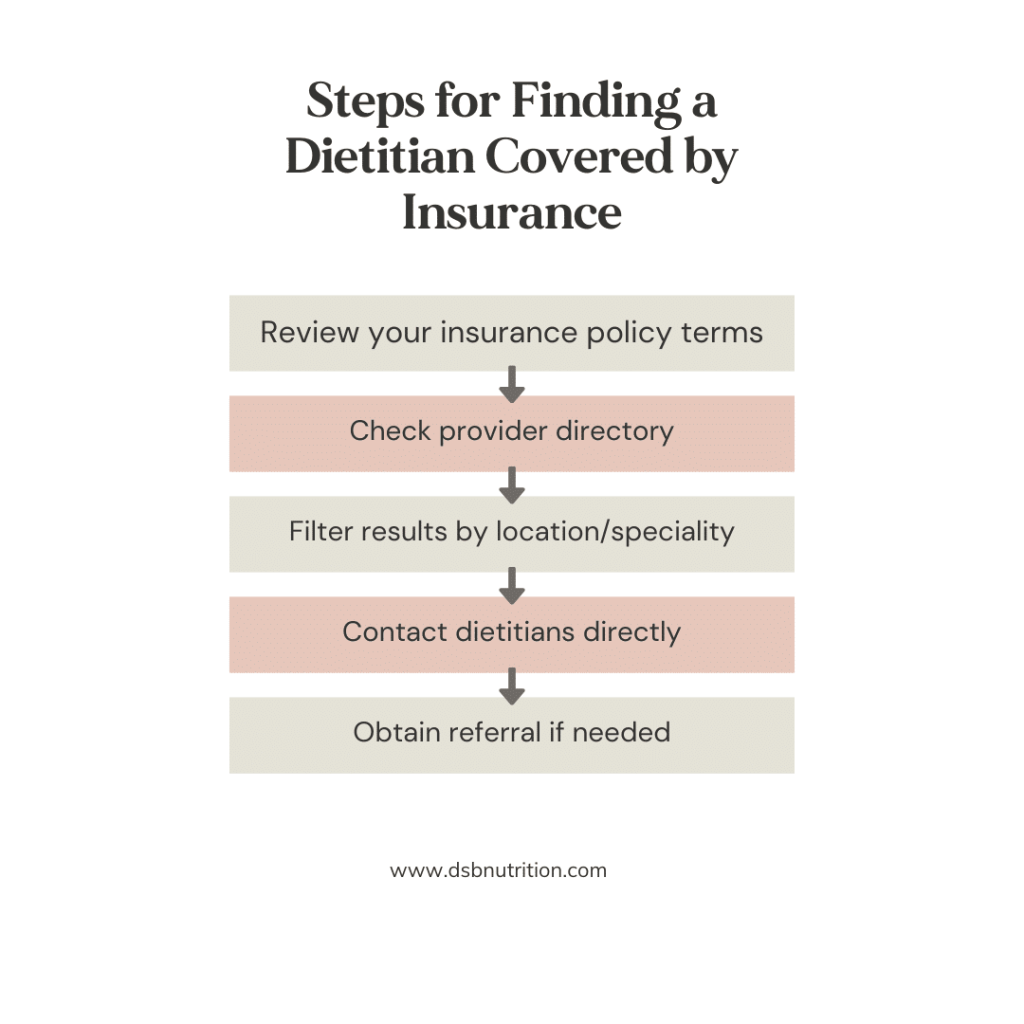Starting your day with the right high fiber breakfast cereal can make all the difference in meeting your daily fiber goal.
A high fiber breakfast isn’t just about keeping you full. It can help improve your digestive health, control your blood sugar, lower your cholesterol, and even help in managing your weight.
But with aisles full of options, how do you choose which cereal is best? And no, it doesn’t have to be just the cardboard tasting ones.
In this article, I’m sharing 15 registered dietitian approved cereals that are not only high in fiber but also delicious, have some protein, and low(ish) in added sugars.
Let’s get into it!
This post contains affiliate links, and I may receive a small commission if you make a purchase. It’s an easy way to support my blog at no cost to you.
Benefits of High Fiber Breakfast Cereal
Cereals get a bad rep, especially since they’re known for being sugar laden and nutrient poor.
But it’s 2024 and thankfully we have so many options to choose from, so we don’t have to eliminate this nostalgic food from our diets.
Incorporating high fiber breakfast cereals into your morning can actually have several health benefits, especially if you’re replacing a low fiber meal with it (like eggs and bacon).
Here’s how starting your day with a fiber rich bowl can be healthy:
Improves Digestive Health
High fiber cereals act like a broom for your digestive tract, helping to sweep away waste and prevent constipation.
Speaking of which, if you’re struggling with constipation, the best high fiber cereal for constipation is one that’s high in insoluble fiber.
Insoluble fiber adds bulk to the stool so it helps with regular bowel movements. Luckily, high fiber cereals are high in this type of fiber due to the wheat.
Fiber absorbs water, which softens stool and makes it easier to pass. This not only improves your comfort but also supports a healthy gut microbiome (1).
Helps with Weight Management
Fiber-rich foods are filling, keeping you satisfied longer without adding many calories since our body does not digest it.
By adding more fiber into your breakfast, you can avoid mid-morning snacks and overeating throughout the day, making it easier to reach your weight management goals.
Stabilizes Blood Sugar Levels
The soluble fiber found in many high fiber cereals can help slow down the absorption of sugar in your bloodstream, preventing ‘spikes’ in blood sugar levels after a meal (2).
This is particularly beneficial for people with diabetes or those at risk, as it aids in stabilizing blood sugar levels throughout the day.
Lowers Cholesterol Levels
Certain types of fiber, such as beta-glucan found in oats, can help lower cholesterol levels, particularly LDL (bad cholesterol), which is a risk factor for heart disease (3).
Eating high fiber cereals regularly contributes to heart health by improving lipid profiles and lowering blood pressure.
Provides a Nutrient Dense Start to the Day
High fiber breakfast cereals are often packed with other important nutrients, including vitamins and minerals.
Choosing whole-grain options can increase your intake of B vitamins, iron, magnesium, and selenium, which are all important for overall health.
Supports Long-Term Health
Regularly consuming high-fiber foods is associated with a lower risk of developing chronic diseases such as heart disease, diabetes, and certain types of cancer (4).
Starting your day with a breakfast that’s high in dietary fiber is a simple yet effective step toward a healthier, longer life.
How Much Fiber Do I Need?
Now that you know all the amazing fiber benefits, you’re probably wondering how much you should be eating to reap the benefits.
The amount of fiber you need depends on your age, gender, and overall calorie needs.
For women under 50, the recommended daily intake is 25 grams of fiber.
For those over 50, the number drops to 21 grams, because our overall calorie needs decrease as we age.
Men under 50 should aim for about 38 grams of fiber per day, while those over 50 should target 30 grams (5).
Another way to estimate your needs is to eat 14 grams of fiber for every 1000 calories you eat. So if you eat 1800 calories a day, you would need about 25 grams of fiber.
It doesn’t seem like a lot, but in reality, more than 90% of people don’t get these amounts (6).
Tips to Increase Fiber Intake
I often recommend keeping a log for a few days to see how much fiber you’re currently eating, that way you can increase your intake gradually. You don’t want to increase the amount all of a sudden as that can lead to digestive discomfort, including bloating and gas.
It’s also important to drink plenty of water as you increase your fiber intake. Fiber works best when it absorbs water, making the digestive process smoother and more efficient.
Incorporating high fiber breakfast cereal into your morning routine is a great way to meet your daily fiber goals. But remember that variety is key.
Balancing your diet with other high fiber foods like fruits, vegetables, legumes, and whole grains throughout the day ensures you’re not only meeting your fiber needs but also getting a broad spectrum of nutrients essential for optimal health.
How to Choose a High Fiber Breakfast Cereal
I’ve curated a list of my top 15 high fiber breakfast cereals, but the cereal market is vast and there are always new products coming out. So this list is far from exhaustive.
When you want to explore options beyond this list or simply want to know what makes a cereal a good high-fiber choice, here are some strategies to help you navigate the cereal aisle like a pro.
1. Read the Nutrition Label:
Look for cereals that provide at least 5 grams of fiber per serving. If it has more than that, even better.

2. Check the Ingredients List:
Ingredients are listed in order of quantity, from most to least. Look for cereals where whole grains (like whole wheat, oats, oat bran, or wheat bran) are at the top of the list.
3. Look At Added Sugars:
A high fiber cereal can still be loaded with sugar. You will find this on the ‘added sugar’ section on the label.
Less than 5 grams of sugar per serving is a good benchmark. Sometimes these are hard to find!
For reference, it’s recommended to stay under 25 grams of added sugar daily for women and 36 grams for men. You can keep this in mind to help you make the right cereal choice for you.
4. Check the Protein Content:
To make your bowl of cereal a more well balanced meal, you want it to have some protein. Ideally, each serving has at least 5 grams of protein, but more is better here too.
You can turn it into a higher protein meal by adding cow’s milk, soy milk, or pea milk, adding protein powder, or eating it with a side of scrambled eggs.
The combination of fiber and protein will help keep you fuller longer, stabilize blood sugar levels, and ensure you have the energy you need to tackle your day.
15 Breakfast Cereals High in Fiber
While my top 15 picks are a great place to start, the best high fiber breakfast cereal for you is one that meets your dietary needs, fits your lifestyle, and satisfies your taste preferences.
These are listed from highest to lowest fiber content. Amounts listed are per serving.
| Cereal | Fiber (g) | Protein (g) | Added Sugar (g) |
| Fiber One Original | 18 | 3 | 0 |
| Nature’s Path Organic Smart Bran | 17 | 4 | 8 |
| Kashi GO Original Protein Cereal | 13 | 11 | 8 |
| Cascadian Farm Organic Hearty Morning Fiber Cereal | 10 | 6 | 10 |
| Catalina Crunch | 9 | 11 | 0 |
| Nature’s Path Heritage Flakes | 7 | 5 | 5 |
| Kashi Organic Cinnamon Harvest | 7 | 7 | 9 |
| Seven Sundays, Organic Farmers Market Muesli | 6 | 8 | 0 |
| Purely Elizabeth Honey Peanut Butter Superfood Cereal | 6 | 5 | 6 |
| Ezekiel 4:9 Sprouted Whole Grain Cereal, Almond | 6 | 8 | <1 |
| Bob’s Red Mill 10 Grain Hot Cereal | 6 | 6 | 0 |
| Cascadian Farm Organic Blueberry Almond Crunch Breakfast Cereal | 5 | 5 | 0 |
| Barbara’s Multigrain Spoonfuls | 5 | 5 | 7 |
| KIND ZERO Added Sugar Nut Granola, Apple Cinnamon Nut Granola | 4 | 5 | 0 |
| Bob’s Red Mill Old Country Style Muesli Cereal | 4 | 4 | 0 |

How to Incorporate High Fiber Cereals into Your Diet
Now that you have a list of high fiber cereals to try, you may be wondering how to add them into your diet.
A plain bowl of cereal is great, but there are plenty of creative and delicious ways to enjoy high fiber cereals that make it a more balanced and satisfying meal.
For example, you can:
- Use high fiber cereals as a crunchy topping on yogurt
- Combine your high fiber cereal with other cereals for different textures and flavors
- Add fresh fruits like berries, banana slices, or apple chunks for natural sweetness and additional fiber
- Add nuts and seeds for crunch along with healthy fats, protein, and fiber
- Switch up the milk you pour over your cereal. Soy, pea, and cow’s milk offer the highest protein content, but you can use what you prefer
- Soak them overnight in milk if you prefer a softer texture
By incorporating high fiber cereals into your diet in these various ways, you’re not just enriching your meals with fiber; you’re also adding a diversity of nutrients.
Takeaway
High fiber breakfast cereals offer a simple yet impactful way to amp up your daily fiber intake, while also contributing to better digestion, weight management, and long term health.
While I’ve shared my top picks, the perfect cereal for you is one that fits your nutritional needs, dietary preferences, and taste buds. Start with the labels, looking for high fiber content with minimal added sugars and adequate protein.
Then, make it your own by adding fruits, nuts, and your favorite milk (ideally a high protein one).
Hopefully this post helps you enhance your diet with fiber-rich choices that are both healthful and enjoyable. Have any high fiber cereals you love? Share in the comments!




